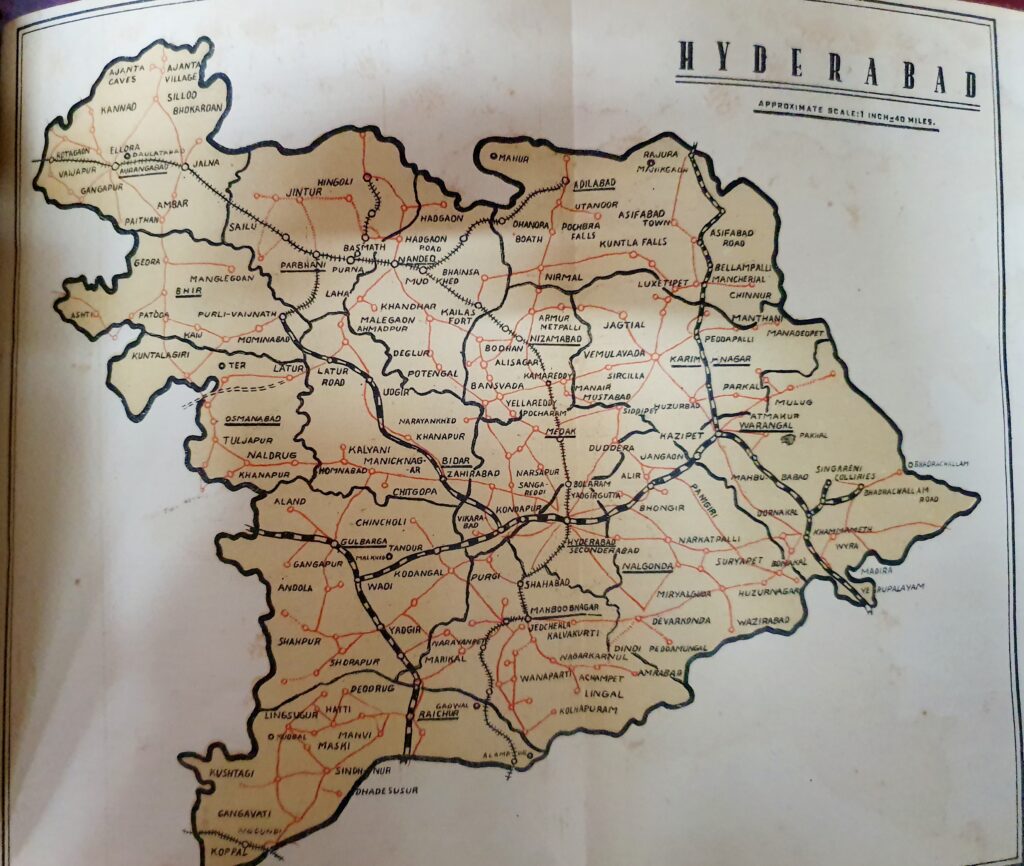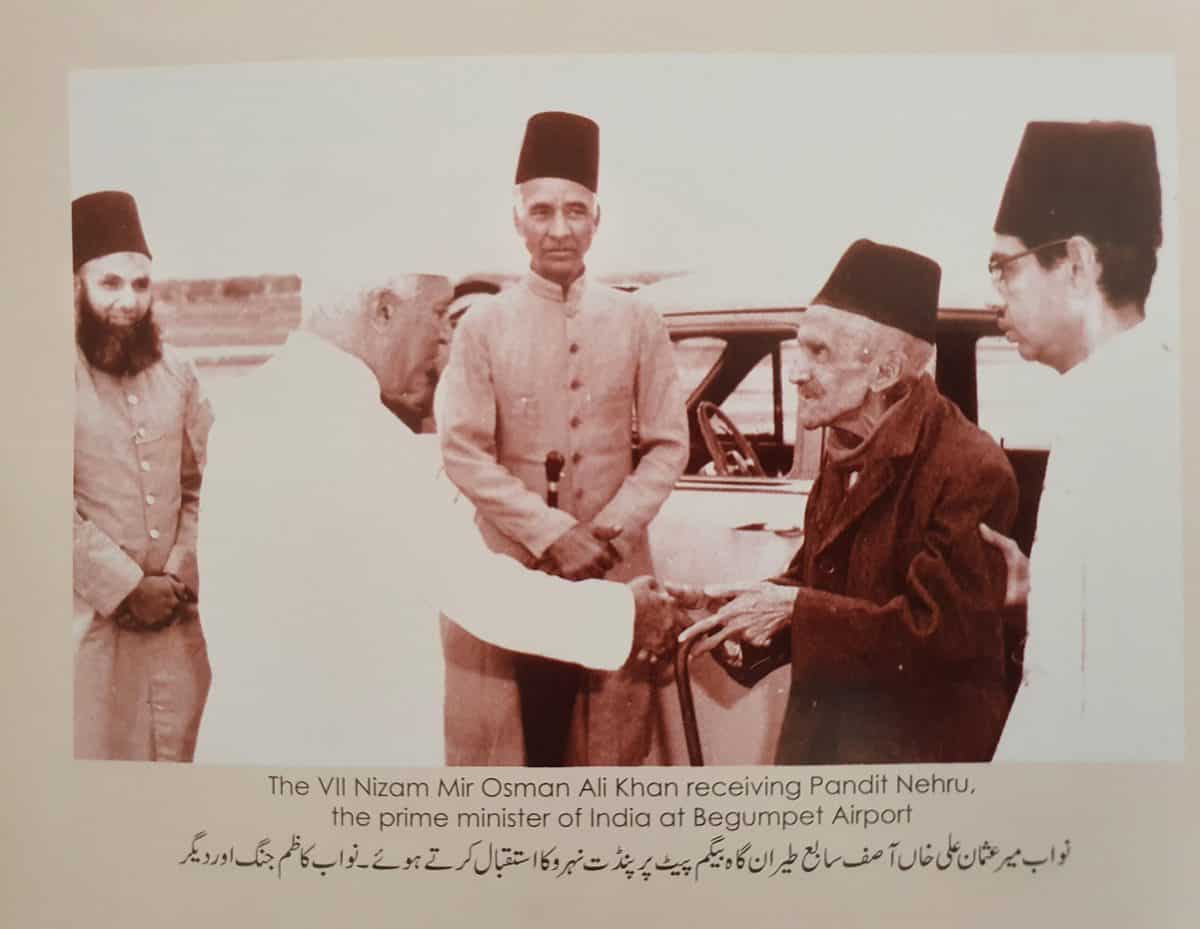Hyderabad: September 17 is here once again. This year, the date marks 72 years since the erstwhile State of Hyderabad, ruled by its last Nizam Mir Osman Ali Khan, was annexed to India through the military offensive called Operation Polo (Police Action in local parlance). While the debate is on about whether it should be called ‘Liberation Day’ or annexation or merger, the point of it all is that thousands of people, especially Muslims, lost their livelihood, property and lives during those crucial five-day operation.
Now, six years after Telangana was bifurcated from Andhra Pradesh, September 17 has become a point of political contention, with the Bharatiya Janata Party (BJP) demanding the Day to be observed as ‘Liberation Day’. The irony is that in 1948, when the Hyderabad state was annexed to India, the BJP was non-existent and its ideological parent, the Rashtriya Swayamsevak Sangh (RSS), was a non-player.
More importantly, due to the BJP’s demand, the politicization of September 17 is now complete, as it has also forced the Congress and ruling Telangana Rashtra Samithi (TRS) to hoist the national flag on this day and also observe the state’s “Merger”, if not ‘Liberation Day’.
On Thursday, the Tehreek Muslim Shabban, a Hyderabad-based organization, held a meeting to mourn the lives that were lost during Operation Polo, the military offensive by the Indian Army through which the Hyderabad state was annexed. “We conduct the ‘Yaad-e-Nizam-e-Deccan’ every year. The unofficial figure of people (Muslims) who were killed is ‘five’ lakh,” said Mushtaq Mallik from the TMS.
He added that merging the Hyderabad state with India is not the issue. “There was no need to massacre Muslims. But the world is silent on it. We do not condemn the merger, it had to happen. There are people who also bad mouth the Nizam, who was a reformer. Our demand is that the State Urdu Academy should create an award on his name as the public still benefits from the things he built like Osmania University, Nizam Sagar, NIMS, etc,” added Mallik.

Liberation or merger?
The term Liberation Day is aimed at painting the Nizam’s rule as continuation of ‘occupation’ of formerly Princely State of Hyderabad. The fact of the matter is that in Telangana it was the Communist Party of India, Congress, and other groups that were active, especially during the Telangana Armed Struggle, which was a peasant uprising against state-appointed Jagirdars (landlords).
On Thursday, Telangana Congress chief and Nalgonda MP N. Uttam Kumar Reddy also hoisted the nation flag at the party office on “Merger Day”, and also blasted the BJP for “distorting history”. “The BJP or its predecessors did not participate in the struggle against Nizam’s Rule. In fact, BJP did not even exist when Congress leaders were struggling against the Nizam’s Rule,” he said.
BJP’s chief spokesperson in Telangana, however, said that his party had been talking of ‘Liberation Day’ for a long time. “For the BJP, we have been doing this even when elections were not around. But for KCR this is an electoral game as he wishes to appease Muslim voters in the Old City and other pockets. BJP respects Muslim icons, but the Nizams were foreign rulers. We have no issue with Indian Muslims getting iconized,” he told siasat.com
While the annexation of Hyderabad itself is not an issue perhaps, the unfortunate fallout of it was the targeted killings of Muslims, particularly, in the districts that are now in Maharashtra and Karnataka. According to the Sunderlal Committee report (Pundit Sunderlal was appointed by former PM Jawaharlal Nehru to look into atrocities), 27000-40,000 Muslims had been massacred in communal violence in districts like Osmanabad, Bidar, Gulbarga etc. (these were the only districts his team had visited).
The Hyderabad State comprised 16 districts in 1948 (8 in Telangana, 5 in Maharashtra and 3 in Karnataka). It was the largest princely state in British India, with about 16 million people. One of the major reasons behind Police Action is believed to be the fanatical Qasim Razvi, head of the political organization, Majlis-e-Ittehadul Muslimeen, who formed the Razakars (volunteers) militia to counter the Communist uprising as well as keep in check what he believed as anti-Nizam elements which indulged in atrocities, especially against Hindus.

